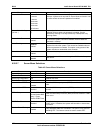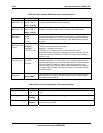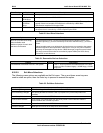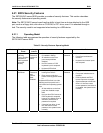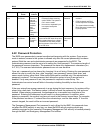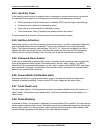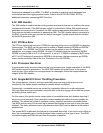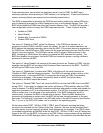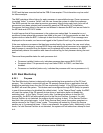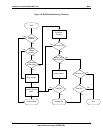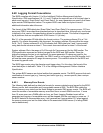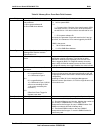
BIOS Intel® Server Board SE7501WV2 TPS
Revision 1.0
Intel reference number C25653-001
112
6.29 PS/2 Keyboard and Mouse Lock
Keyboard and/or mouse devices attached to the PS/2 connector are unavailable while the
system is in secure mode. The keyboard controller will not pass any keystrokes or mouse
movements to the system until the correct user password is entered.
Note: Because secure mode has direct control of the keyboard controller and is able to secure
access to the system via the PS/2 connector, the USB ports are not under secure mode control.
USB ports are still functional when the system is in secure mode. It is recommended that all
USB ports be “Disabled” in BIOS setup if a Secure Mode environment is in use.
6.30 Secure Boot (Unattended Start)
Secure boot allows the system to boot and run the operating system without requiring the user
password even if a user password is set. Secure boot is nothing but booting the system while
keeping it in secure mode. However, until the user password is entered, mouse input, keyboard
input, and activation of the enabled secure mode features described above are not accepted.
In secure boot mode, if the BIOS detects a floppy diskette in the A: drive at boot time, it displays
a message and waits for the user password before booting. After the password is entered, the
system can boot from the floppy and secure mode is disabled. Any of the secure mode triggers
will cause the system to return to secure mode.
If there is no diskette in drive A, the system will boot from the next boot device and will
automatically be placed into secure mode. The PS/2 keyboard and mouse are locked before
option ROMs are scanned. Video is blanked and the front panel is locked immediately before
the operating system boots. If secure boot is enabled, the user cannot enter option ROM setup
unless the user password is entered. This prevents entering the configuration utilities in the
option ROMs where it is possible to format drives, etc. The on-board video is not blanked until
the end of the POST.
6.31 Error Handling
This section defines how errors are handled by the system BIOS. It also discusses the role of
the BIOS in handling errors, and the interaction between the BIOS, platform hardware, and
server management firmware with regard to error handling. In addition, error-logging techniques
are described and beep codes for errors are defined.
6.31.1 Error Sources and Types
One of the major requirements of server management is to correctly and consistently handle
system errors. System errors which can be disabled and enabled individually or as a group, can
be categorized as follows:
• PCI bus
• Memory single- and multi-bit errors
• Sensors
• Processor internal errors, bus/address errors, thermal trip errors, temperatures and
voltages, and GTL voltage levels
• Errors detected during POST, logged as POST errors



